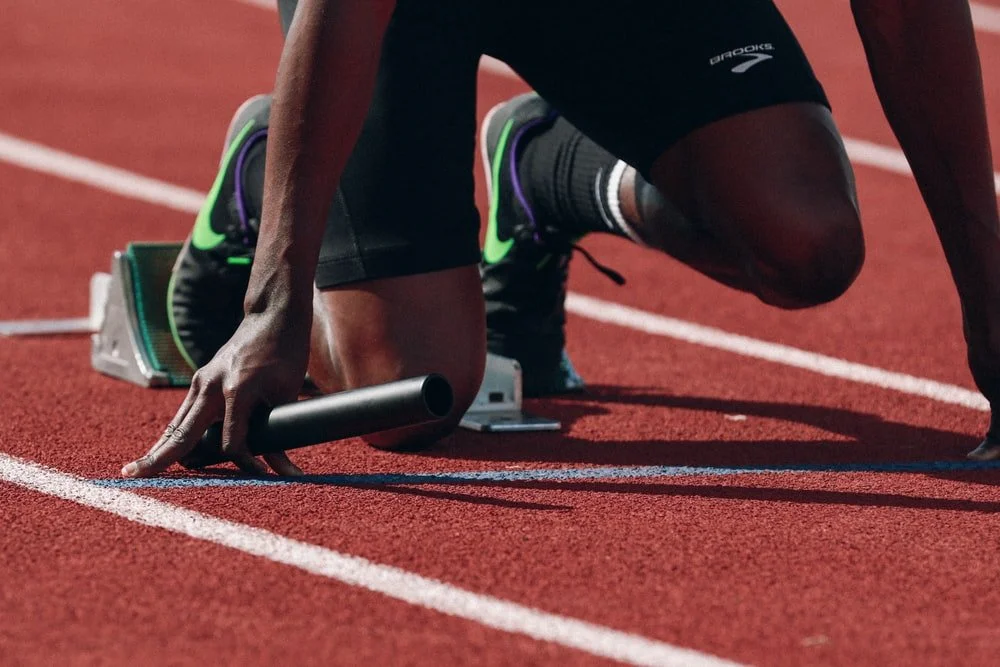As it is Back to school season, watching your children going to school with a heavy bag on their shoulders and doing a lot of sitting, you might wonder how to prevent them suffering from back pain.
Already before adolescency , our children’s back must be looked after during their growth .
Especially when they have a carry a bag that can sometimes be 20% their weight. Between 20 and 50% of children suffers from back pain and 2 teenagers out of 3 will have the need to consult a chiropractor or osteopath to assess the problem.
” some children have to carry a bag weighting an average of 8.5 kilos. Which almost is the equivalent of a pack of 6 bottles of water .” (FCPE). The best option for children to reduce the likehood of back pain would be an” electronic bag”, but before every school change for that option, here are a few advices you can apply to help their back.
REDUCE THE TIME SPENT IN FRONT OF THE COMPUTER
Time spend in front of screens like computer, phone , TV or tablet increase sedentarily and can cause cervicalgia (neck pain) and headaches . Being in mouvement stimulates bone and muscular growth . So it is important that your child find an activity he enjoys and appropriate to his morphology.
LEARN HOW TO SIT PROPERLY
If your child seats properly at home, he’ll probably have that good habit at school. Educate your children to sit properly in order to reduce neuromusculosquelettiques tensions: Pelvis against the bach of the chair ( if necessary put a towel behind the lower back to support the lumbar curve) back against the chair and feet flat on the floor , like you sit in front of your desk at work ?
MAKE SURE YOUR CHILD SLEEPS AND EATS PROPERLY
2 lifestyle habits very important to prevent back pain. Warning with sugar that can lead to weight problems in relation with muscular pains. A good sleep is as well very important as a tired child is more likely to suffer from back pain.
LEARN TO CARRY THE SCHOOL BAG CORRECTLY
Choose the bag more rigid with large straps but not wider than the back of your child neither the height of his shoulder. The best way is to put the bag on a table and ask your child to bend the knees to put on the straps. And make sure the bag is close from the back and doesn’t get lower than the hips.
So here we are, those are the main tips to prevent your child to get any back pain.
Of course if your child still complain , make sure to get an appointment with your chiropractor.
Have a wonderful day!
Dr Deborah Hegnauer (Doctor of chiropractic)








